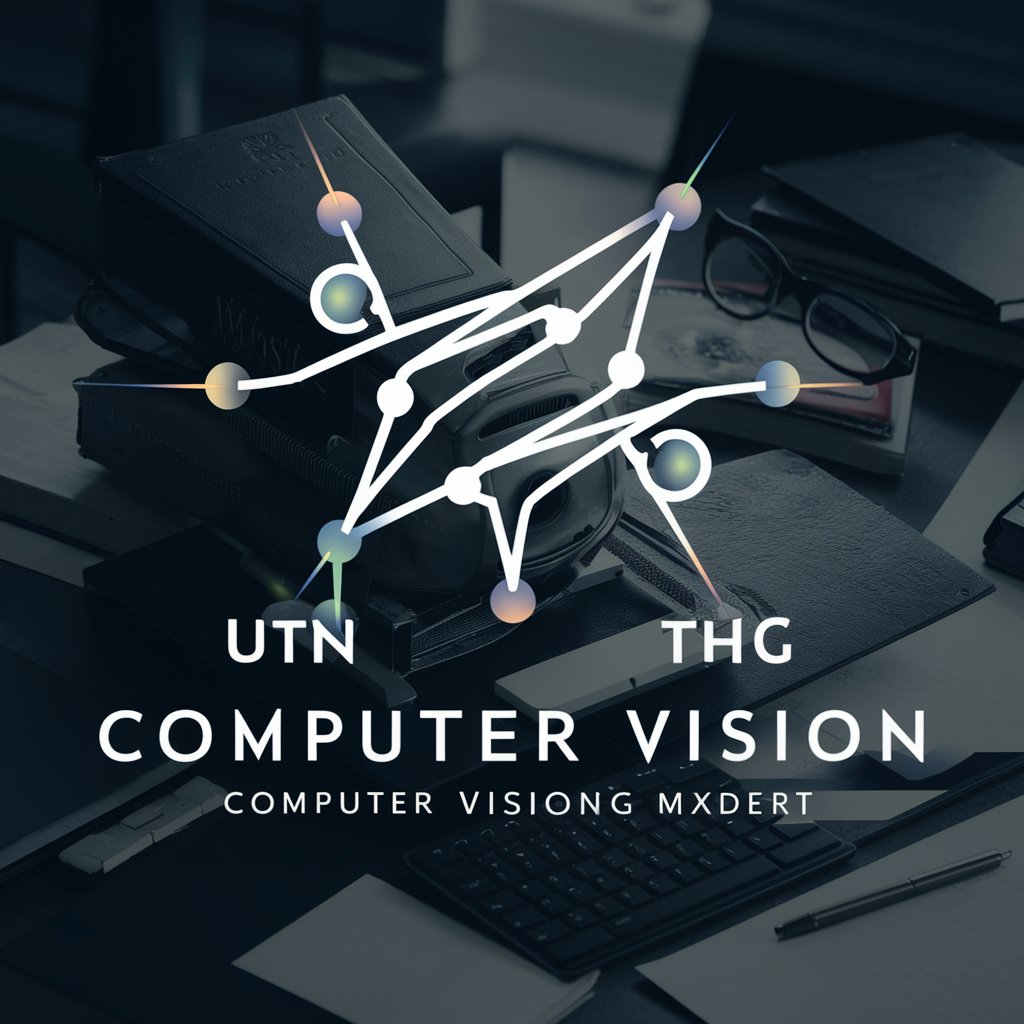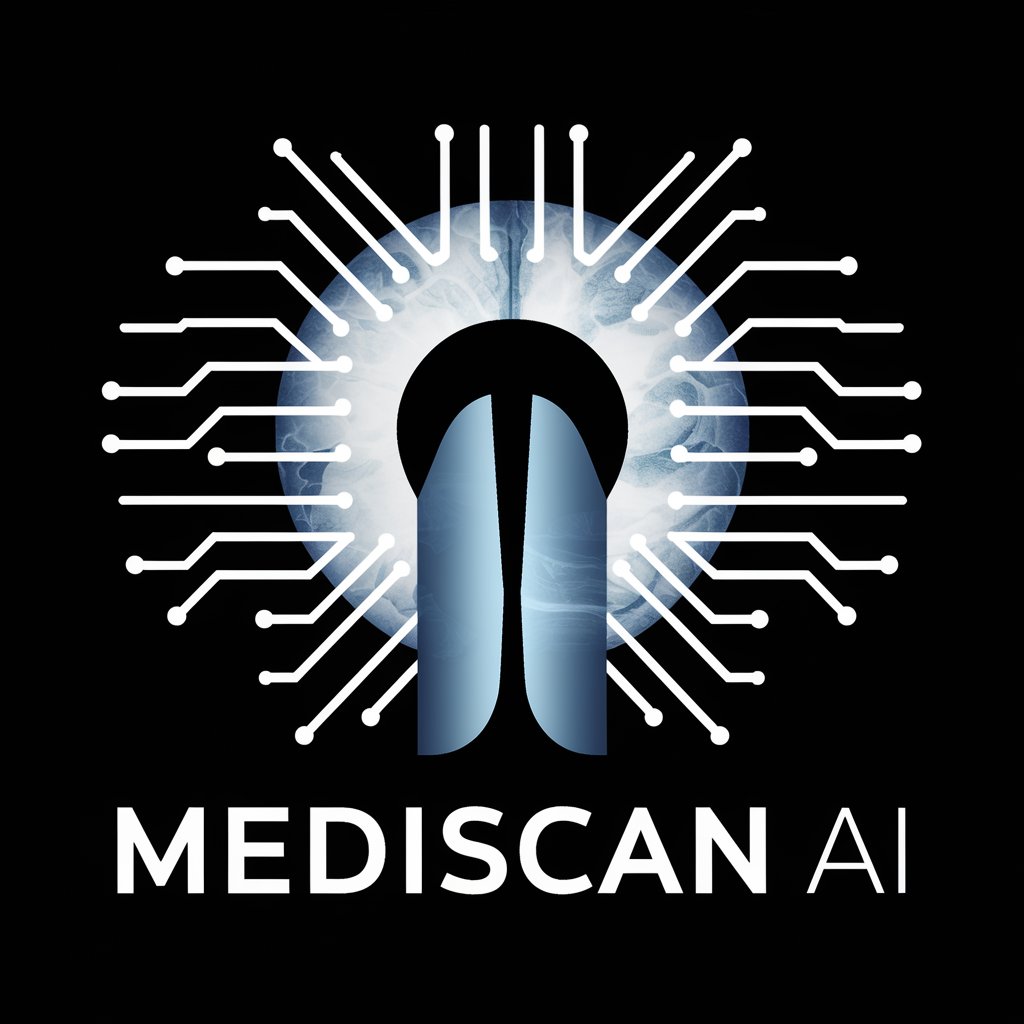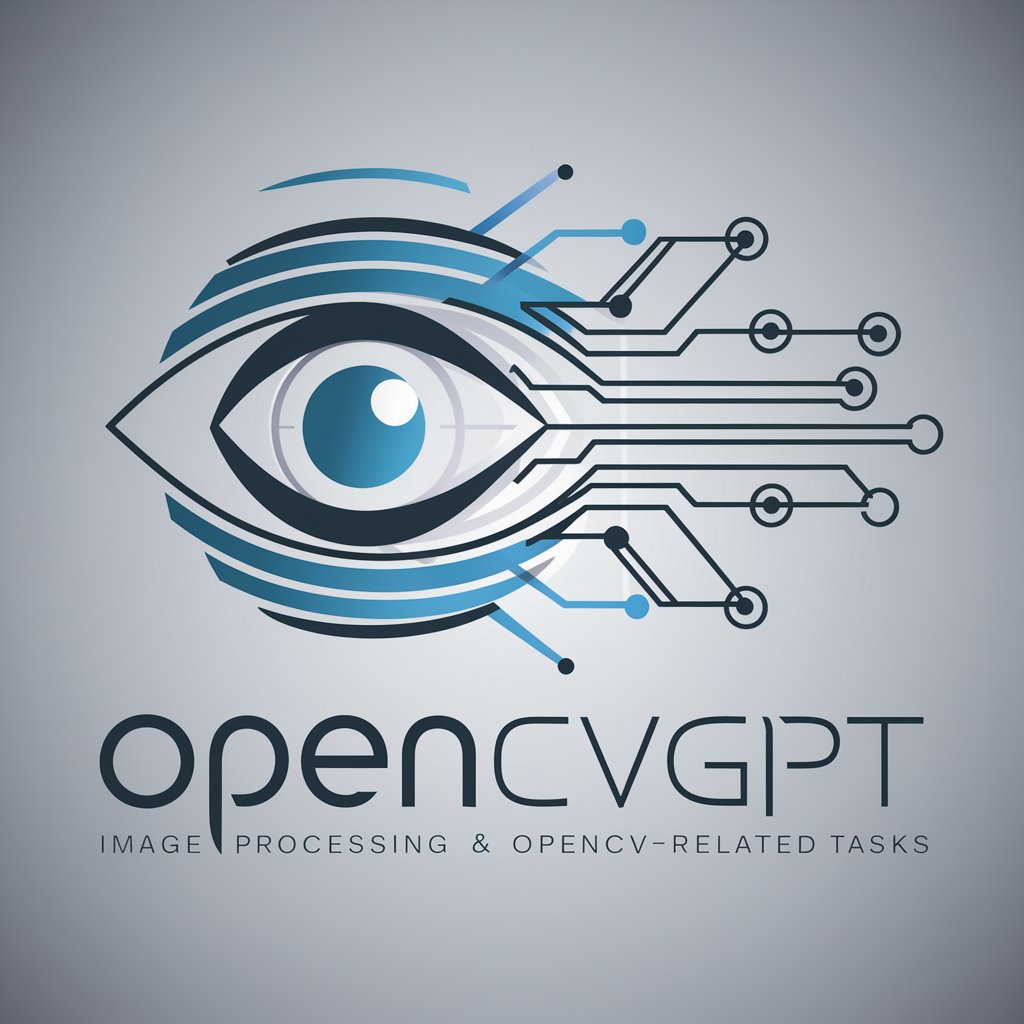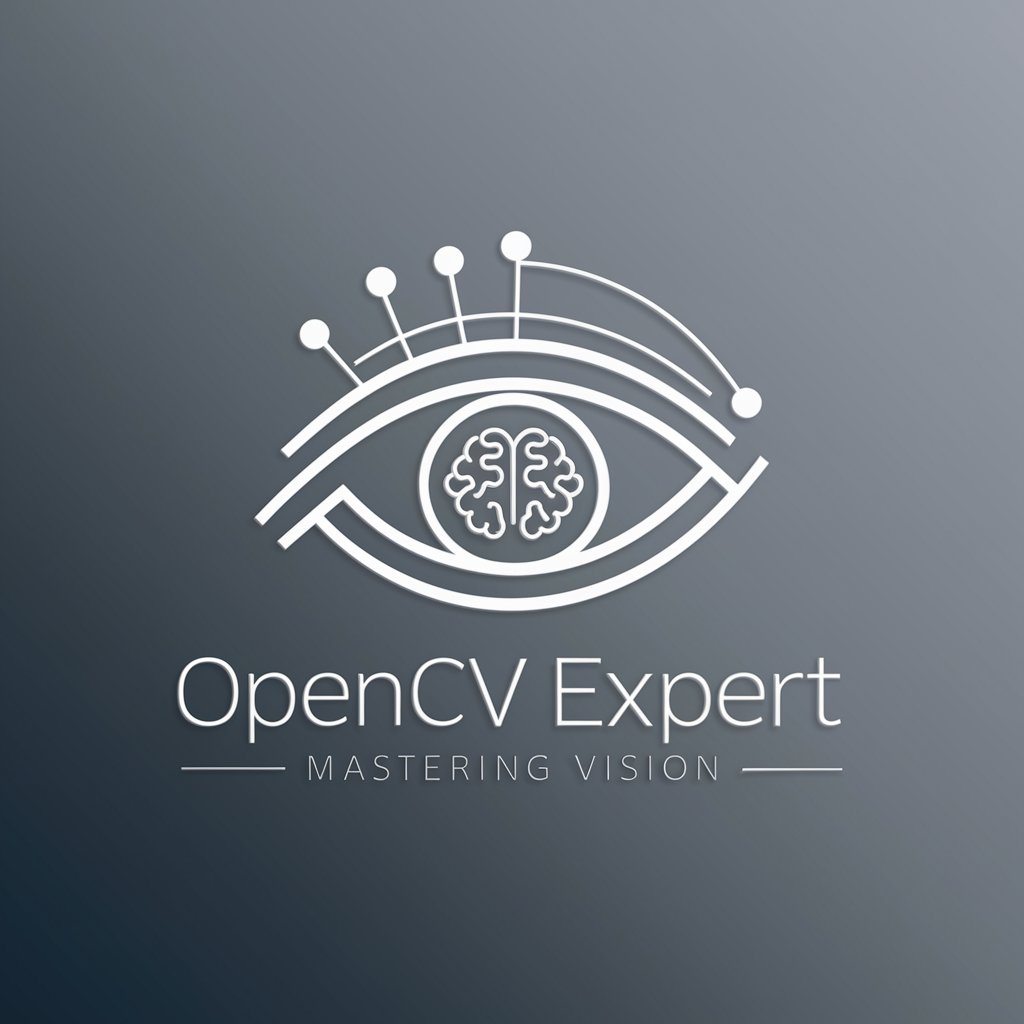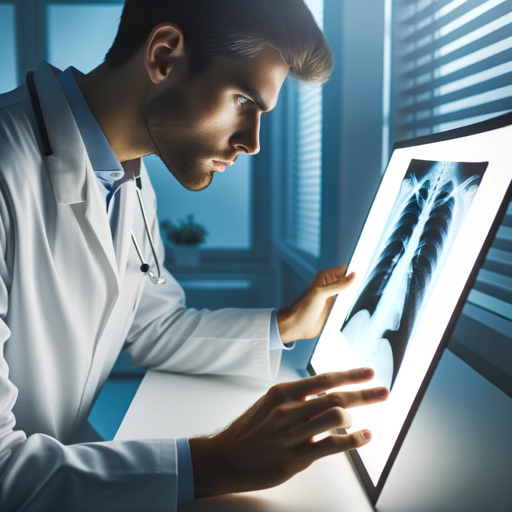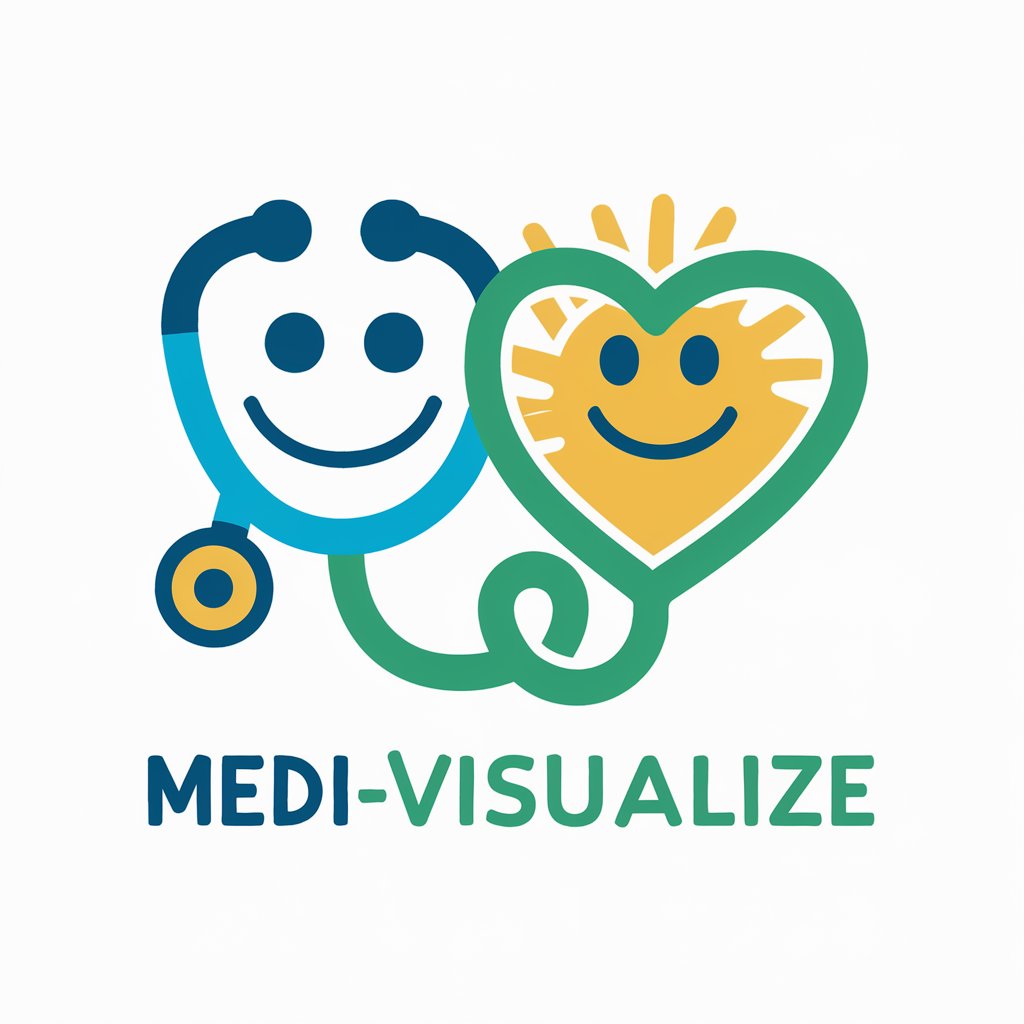
OpenCV Medical Visionary - Medical Image Analysis
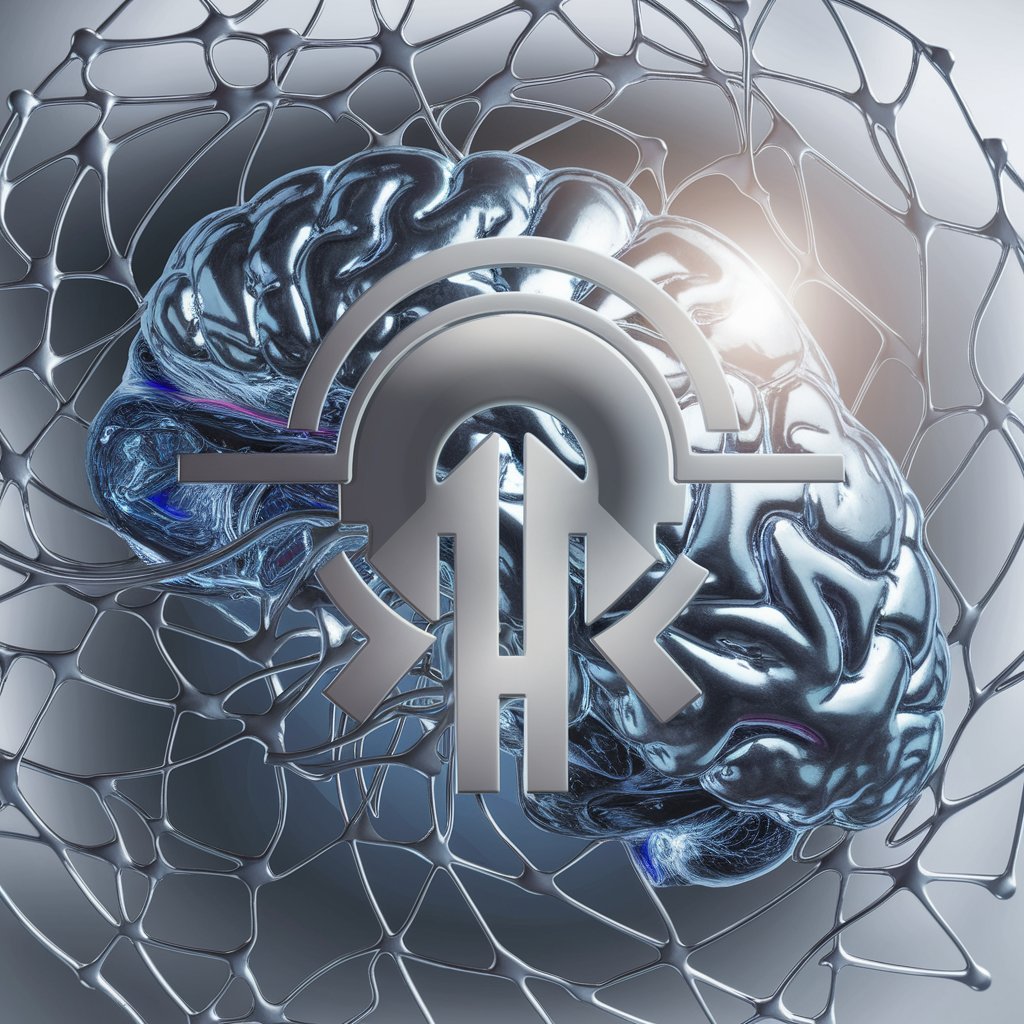
Welcome to the future of medical imaging with OpenCV expertise.
AI-powered medical imaging innovation
Analyze MRI scans to identify potential anomalies using OpenCV.
Develop an efficient preprocessing pipeline for medical images with OpenCV.
Implement a machine learning model to detect tumors in CT scans.
Create a real-time medical imaging application for diagnosing diseases.
Get Embed Code
Introduction to OpenCV Medical Visionary
OpenCV Medical Visionary is a specialized application framework designed for medical imaging analysis, leveraging the power of OpenCV (Open Source Computer Vision Library). This framework is engineered to process, analyze, and interpret medical images to aid in the detection of anomalies and facilitate accurate diagnoses. It incorporates a range of image processing techniques, machine learning algorithms, and pattern recognition strategies tailored for the medical field. Examples of its application include segmenting tumors from MRI scans, identifying fractures in X-ray images, and analyzing retinal images for signs of diabetic retinopathy. The design purpose centers on improving diagnostic accuracy, efficiency, and supporting healthcare professionals in making informed decisions. Powered by ChatGPT-4o。

Main Functions of OpenCV Medical Visionary
Image Preprocessing
Example
Noise reduction in MRI scans
Scenario
Applying filters to remove artifacts and enhance the quality of MRI images, making the underlying structures more visible for analysis.
Segmentation
Example
Tumor segmentation in brain scans
Scenario
Using techniques like thresholding and morphological operations to isolate and identify tumors from the surrounding brain tissue in CT or MRI images.
Feature Extraction
Example
Identifying characteristics of skin lesions in dermatological images
Scenario
Extracting shape, color, and texture features from images of skin lesions to differentiate between benign and malignant conditions.
Anomaly Detection
Example
Detecting retinal damage in diabetic retinopathy
Scenario
Employing machine learning models to recognize patterns indicative of retinal damage from fundus photographs, aiding in early diagnosis of diabetic retinopathy.
Ideal Users of OpenCV Medical Visionary Services
Healthcare Professionals
Doctors, radiologists, and medical researchers who require advanced tools for diagnosing diseases. They benefit from enhanced image analysis capabilities, leading to more accurate and timely diagnoses.
Medical Imaging Technologists
Technicians specializing in operating medical imaging equipment such as MRI, CT scan, and X-ray machines. These users can leverage the application to preprocess and enhance images before analysis.
Biomedical Engineers
Engineers focusing on the development of medical devices and software. They benefit from the application's ability to prototype and implement advanced image processing and machine learning algorithms for medical applications.
Healthcare IT Professionals
IT experts in the healthcare sector looking to integrate advanced imaging analysis capabilities into hospital information systems (HIS) or electronic health records (EHR). They can use this framework to improve data analysis and patient care strategies.

How to Use OpenCV Medical Visionary
1
Start by visiting yeschat.ai to access a free trial of OpenCV Medical Visionary, no login or ChatGPT Plus subscription required.
2
Install the necessary software prerequisites, including Python, OpenCV library, and any relevant machine learning frameworks suggested in the documentation.
3
Familiarize yourself with OpenCV's documentation and the specific medical imaging functionalities offered by OpenCV Medical Visionary, such as image segmentation and anomaly detection.
4
Experiment with provided sample codes and tutorials to understand the application's capabilities, focusing on preprocessing medical images and applying machine learning models for diagnosis.
5
For optimal results, regularly update the software components and contribute to the community by sharing feedback and improvements, enhancing the tool's utility and accuracy for medical imaging analysis.
Try other advanced and practical GPTs
Modern Next.js Assistant
Empowering your web projects with AI-driven guidance
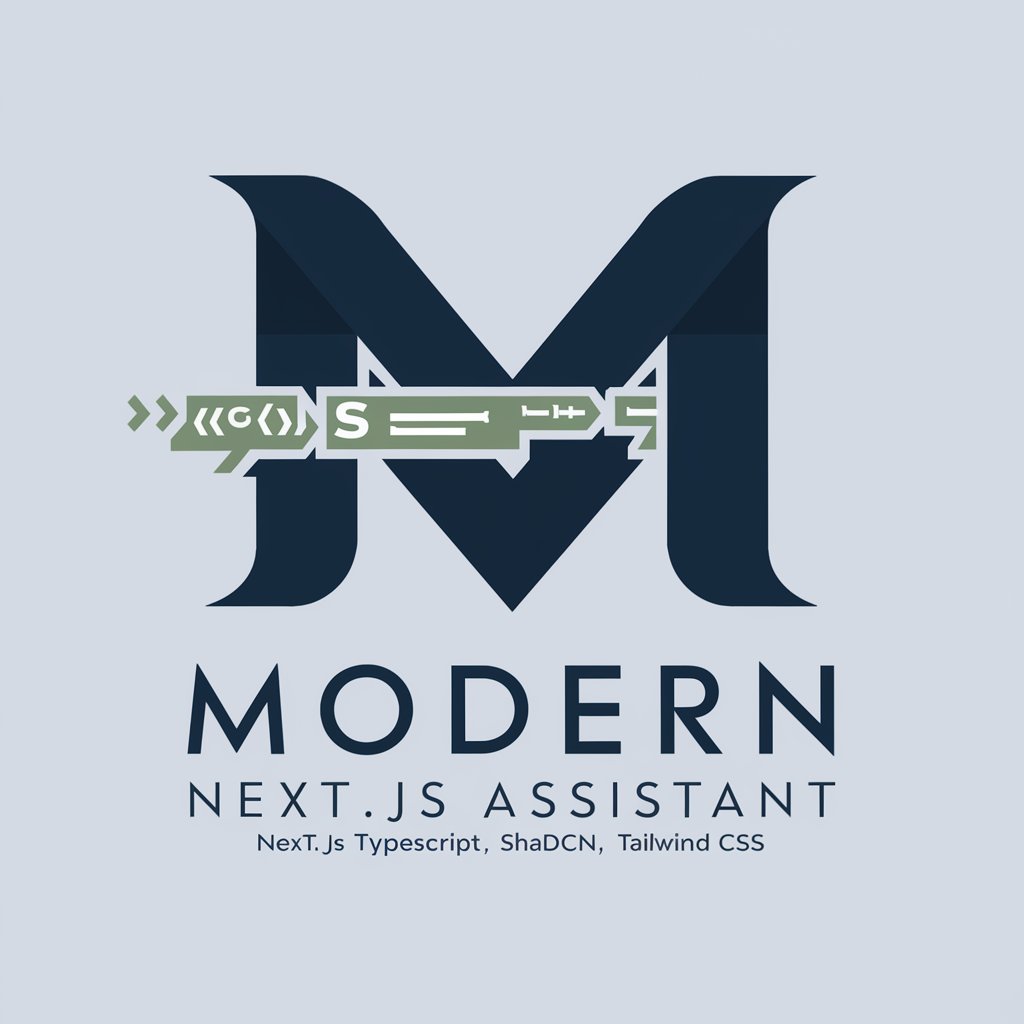
Comprehensive History Specialist
Unravel history with AI-powered depth.
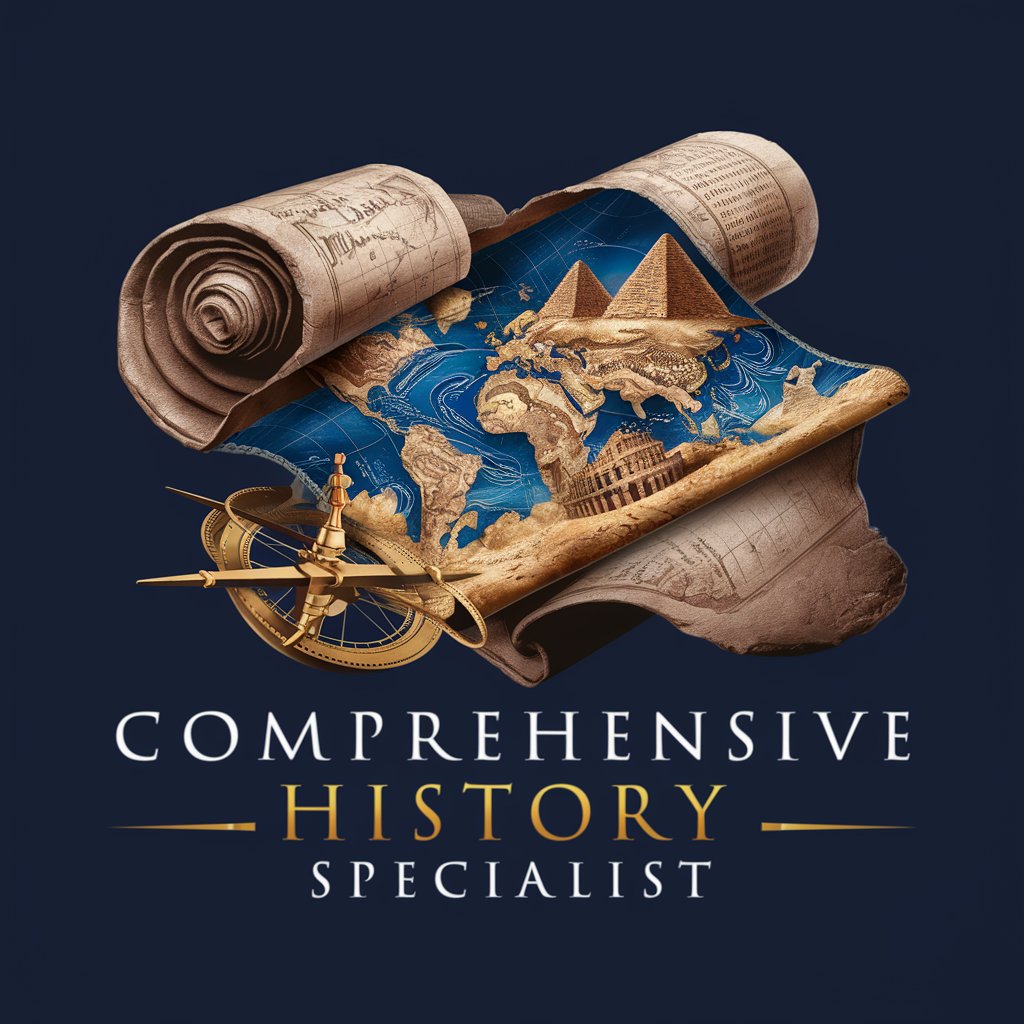
Say It Right Writer
Elevate Your Writing with AI Insight

God-tier Writer
Crafting Complex Stories with AI

E-Commerce Apparel Description Generator
AI-powered Fashion Content at Your Fingertips

Strategy Masters - Leadership, Tactics, Assistant
Timeless Wisdom for Modern Leaders

Choose Your Own Adventure Story Generator
Craft Your Own Adventure with AI

Lingua Maven
Empower Your Words with AI

U.S. History Bot
Explore U.S. History with AI

AI Academic Assignment Advisor
Elevate Your Essays with AI

myArtistic Visual Evolution
Unleash Creativity with AI-Powered Artistry
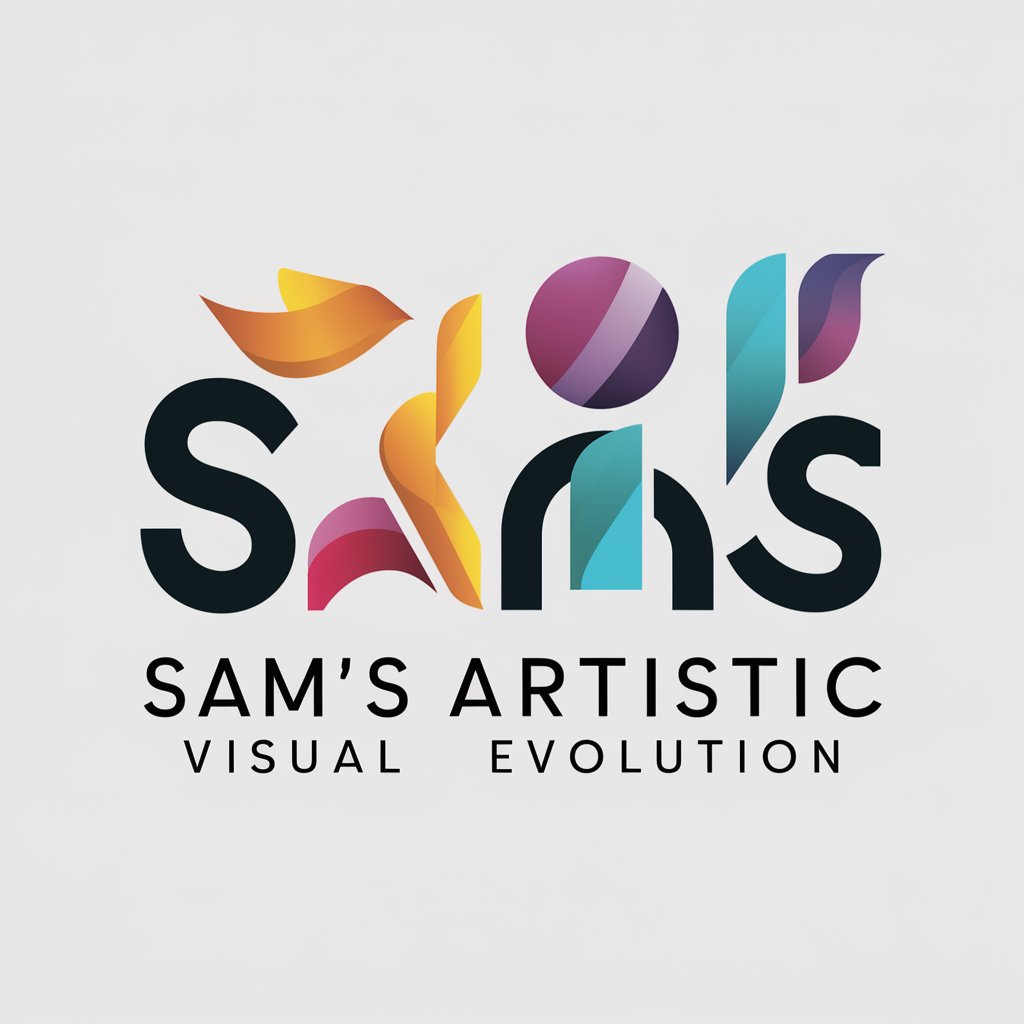
Spark Streaming Supreme
Empower real-time decisions with AI-driven streaming.

FAQs about OpenCV Medical Visionary
What makes OpenCV Medical Visionary unique in medical imaging?
OpenCV Medical Visionary leverages the extensive capabilities of OpenCV in image processing, alongside advanced machine learning algorithms, to offer specialized functionalities for medical image analysis. This includes enhanced image segmentation, anomaly detection, and real-time processing, tailored for the needs of medical diagnostics.
Can OpenCV Medical Visionary be used for any type of medical imaging?
Yes, it is designed to be versatile, supporting a wide range of medical imaging types such as MRI, CT scans, and X-rays. Its extensive preprocessing and analysis capabilities make it suitable for various diagnostic purposes.
How does OpenCV Medical Visionary ensure the confidentiality of medical data?
It adheres to strict data handling and processing guidelines, ensuring that all medical images and diagnostic information are processed with the utmost confidentiality and integrity. Users are encouraged to implement additional security measures as per their regulatory requirements.
Are there any prerequisites for using OpenCV Medical Visionary effectively?
Users should have a basic understanding of Python programming, familiarity with OpenCV, and an understanding of machine learning principles. Knowledge in medical imaging processing is also beneficial for leveraging the full potential of the tool.
Can OpenCV Medical Visionary be integrated into existing medical software?
Yes, it's designed with modularity in mind, allowing it to be integrated into existing medical software ecosystems. This enables enhanced imaging capabilities within established diagnostic workflows, improving efficiency and accuracy.
